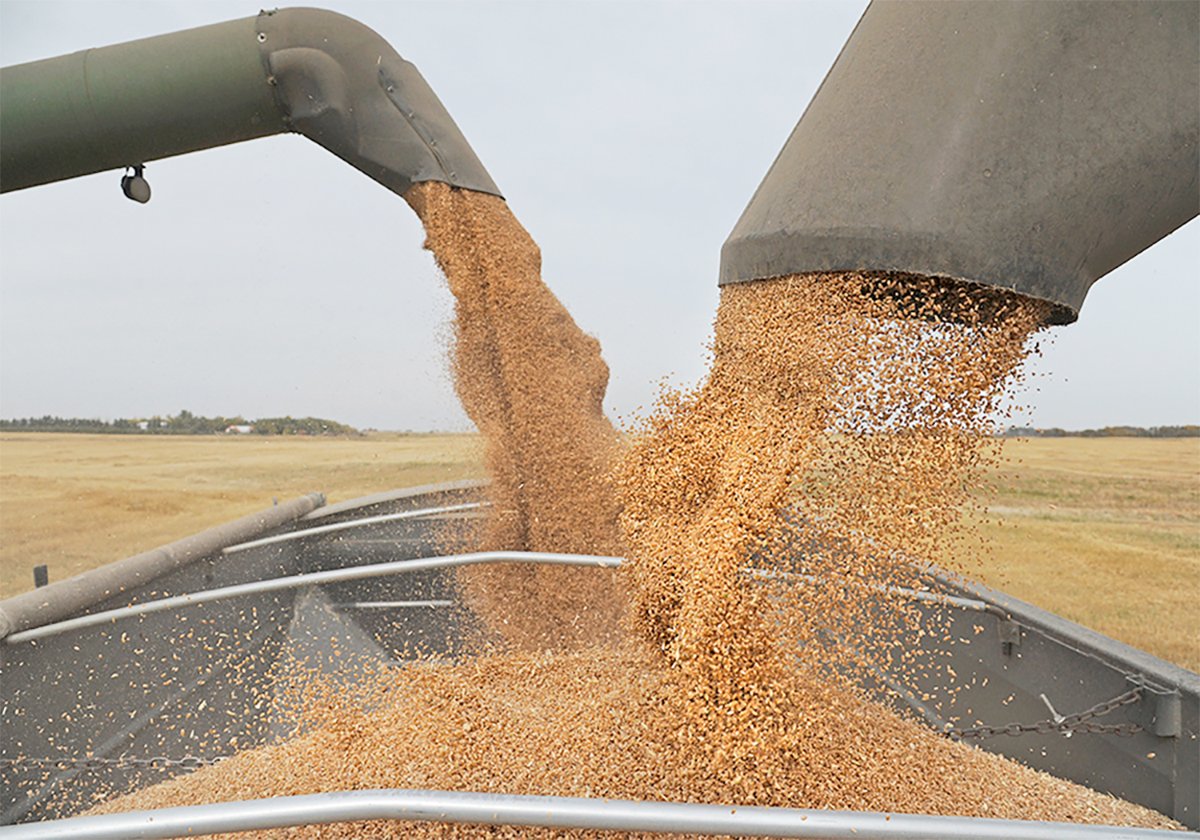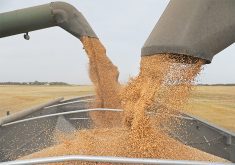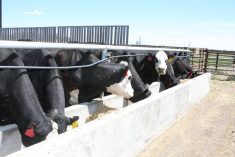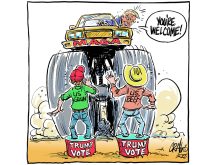JUST as winter snows are preparing to disappear, at least in those
areas where winter snows actually accumulated, the farm sector is
facing another blizzard, this one more numbing than a prairie wind in
January.
It is a blizzard of numbers and statistics, a blizzard so thick,
intense and contradictory that it can blind the unwary traveller.
It can certainly disorient anyone trying to follow the meandering path
that cuts through the farm policy maze that generations of politicians
Read Also

Agriculture productivity can be increased with little or no cost
There’s a way to enhance agricultural productivity with little or no cost. It doesn’t even require a bunch of legislative changes.
and policy wonks have created.
Take a moment to consider a few of the numbers being bandied about in
this year of heated political debates when both Canada and the United
States are trying to develop long-term farm policies.
It is no wonder politicians and taxpayers are confused. Prepare to
enter the maze.
In the U.S., Congress is debating a new farm bill designed to put a
mind-boggling $578 billion US (more than $900 billion Cdn) over 10
years into its farm and food policies, including food stamps, land
conservation programs and department operations.
It would include $73 billion a year in new spending because members of
Congress insist that farm incomes have been falling despite past
support.
Even if the usual one-tenth rule is used to compare Canada to the U.S.,
it would mean $9 billion Cdn per year on average. That seems to support
repeated federal claims that Canada cannot match dollar for dollar.
After all, estimates for the cost of federal agricultural spending this
year, including departmental costs and contributions to farm programs,
is not much more than $2 billion.
Total program spending on farm programs last year, including federal,
provincial and farmer premium contributions, was $3.7 billion, almost a
record. The gap is large.
But there is another way to look at those Canadian spending numbers.
Despite farmer protests about stingy governments, 2001 program spending
is just a shade under the 1992 record payout of $3.8 billion. That’s a
generous response, federal defenders say.
It helped gross farm cash receipts hit a record $36.2 billion with
growth in almost all sectors but corn.
This Statistics Canada report would suggest, at least to the
uninitiated, that the farm economy had a buoyant year.
But wait. There’s another twist in the path through the maze. Despite
near record program payments and record gross farm cash income, a
number of farmers told federal politicians touring the Prairies Feb.
18-22 that things are desperate.
A different Statistics Canada report backs them up. During the past
three years, the number of Canadians claiming agriculture as their main
livelihood dropped 26 percent, the sharpest drop since the chaotic
mid-1960s.
Finally, as the maze becomes so dense it is difficult to read the
reports any more, one more statistic jumps out.
Even if Canada cannot match proportionate dollar for dollar, it should
at least be able to make the political commitment to spend as much of
our national wealth supporting farmers as do competitors. In 2000, the
European Union spent 1.35 percent of its gross domestic product on farm
supports while the U.S. committed 1.05 percent and Canada 0.78 percent.
That is not a lack of dollars. It is a lack of political commitment.














